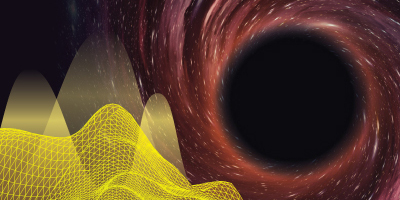 |
String Theory
String theory provides an elegant way to quantize gravity. Our research focuses on the connection of string theory with physics in the "real" world, which includes string compactification and its low-energy scale effective theory, vacuum selection, string phenomenology and cosmology.
|
|
 |
Particle Physics
The discovery of a 125GeV Higgs boson at the Large Hadron Collider at CERN has launched a new era of particle physics. Our research involves various aspects (theory, phenomenology, and collider studies) of Higgs physics, physics beyond the Standard Model (e.g., supersymmetry), and their potential connections with cosmology, such as dark matter and baryogenesis.
|
|
 |
Cosmology
Cosmology is stepping into a data-rich era. We are dedicated to addressing various problems on the origin and the evolution of the Universe, including the initial condition and exit problems of inflation, its implication for astrophysical observations (e.g., primordial gravitational wave, non-Gaussianity of the Compact Muon Solenoid (CMS)), dark energy and cosmological constant problem.
|
|
 |
Quantum Optics for
Astrophysics and Cosmology
Nearly all astronomy observation is based upon the interpretation of subtleties in the light from astronomical sources. Quantum optics appears to have the potential of becoming another information channel about the Universe, fundamentally different from imaging and spectroscopy. What astronomy could then be possible with quantum optics?
|
|
